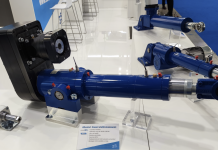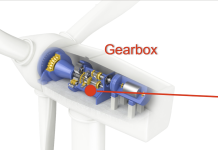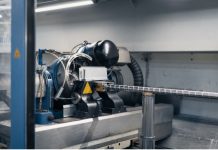 The use of composite materials in aerospace and automotive applications has grown at a fast rate due to the high strength and low weight of the materials. Use of the material continues to grow despite its significantly higher raw material costs and relatively involved processing, frequently requiring expensive autoclaves or other pressure and heat-producing devices to compact and cure the materials. Another challenge of composites is their response to being drilled. This is especially true when the material is used in combination with a metal in a stack-up, e.g., composite and titanium. Drilling of the titanium layers creates much heat, which can thermally damage the resin matrix of the carbon fiber reinforced plastic (CFRP) layers. By using CO2 through-tool cooling, which is a dry process, it is possible to protect both layers. Researchers at Cool Clean Technologies have found through work supported by the U.S. National Science Foundation and U.S. Department of Energy. The work shows that CO2 through-tool can significantly increase productivity while maintaining required hole tolerances in both the composite and Ti layers. In addition, improvements in tool life have been demonstrated with CO2 through-tool cooling compared to either emulsion or dry drilling.
The use of composite materials in aerospace and automotive applications has grown at a fast rate due to the high strength and low weight of the materials. Use of the material continues to grow despite its significantly higher raw material costs and relatively involved processing, frequently requiring expensive autoclaves or other pressure and heat-producing devices to compact and cure the materials. Another challenge of composites is their response to being drilled. This is especially true when the material is used in combination with a metal in a stack-up, e.g., composite and titanium. Drilling of the titanium layers creates much heat, which can thermally damage the resin matrix of the carbon fiber reinforced plastic (CFRP) layers. By using CO2 through-tool cooling, which is a dry process, it is possible to protect both layers. Researchers at Cool Clean Technologies have found through work supported by the U.S. National Science Foundation and U.S. Department of Energy. The work shows that CO2 through-tool can significantly increase productivity while maintaining required hole tolerances in both the composite and Ti layers. In addition, improvements in tool life have been demonstrated with CO2 through-tool cooling compared to either emulsion or dry drilling.
Learn more: http://articles.sae.org/13739/



